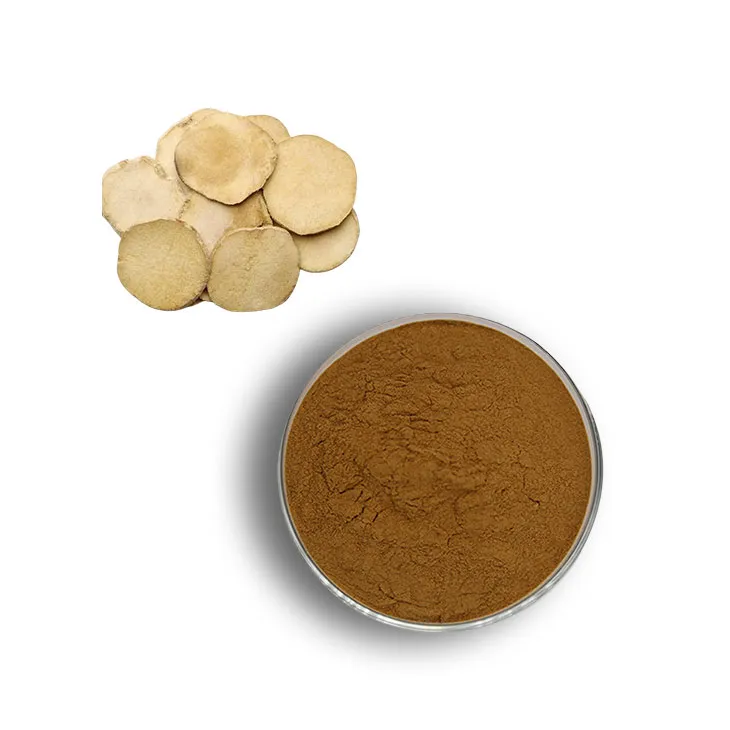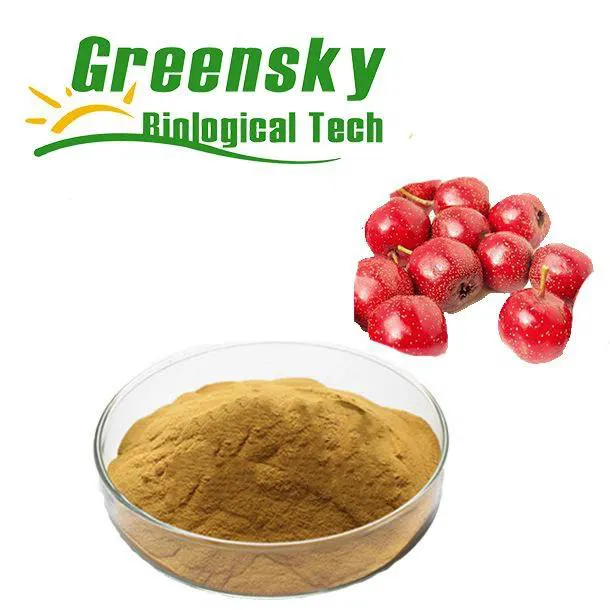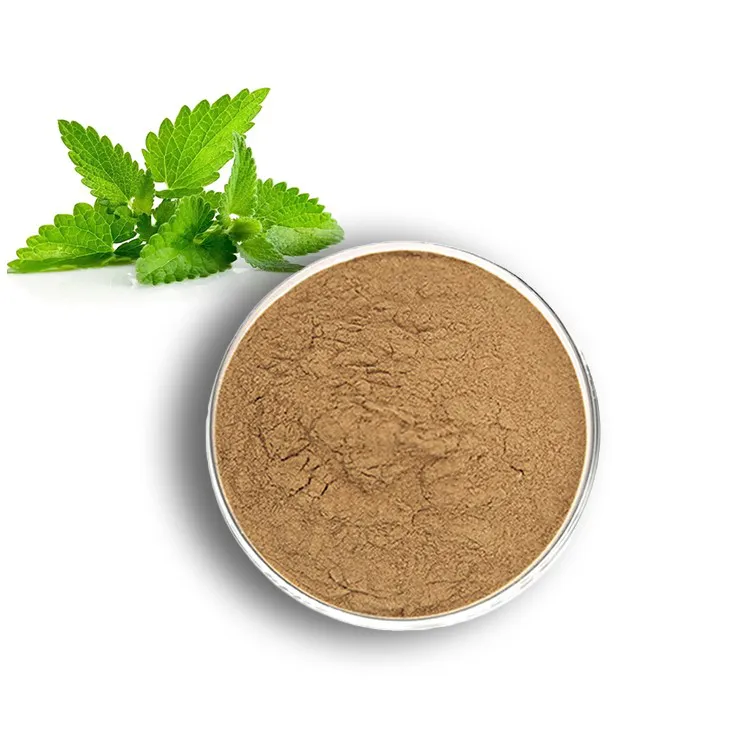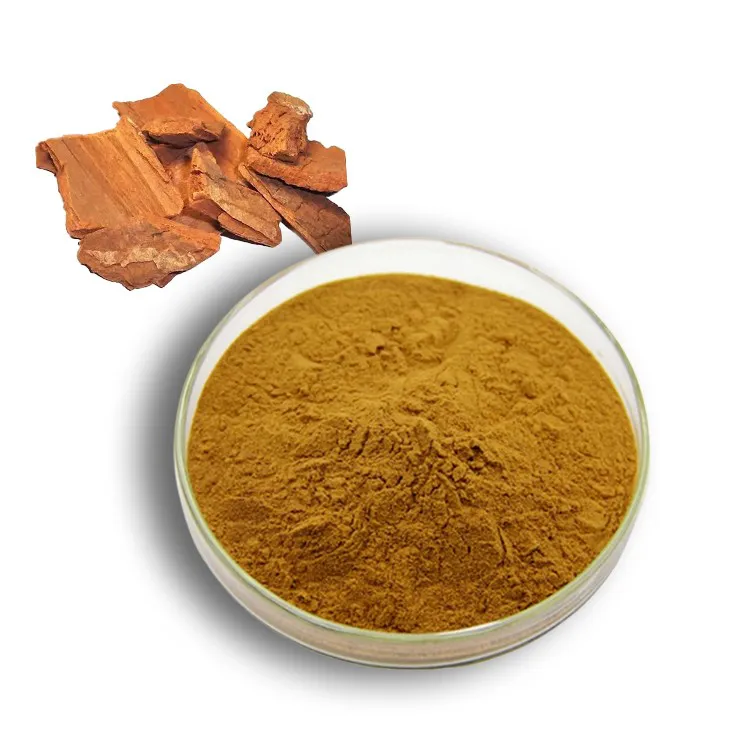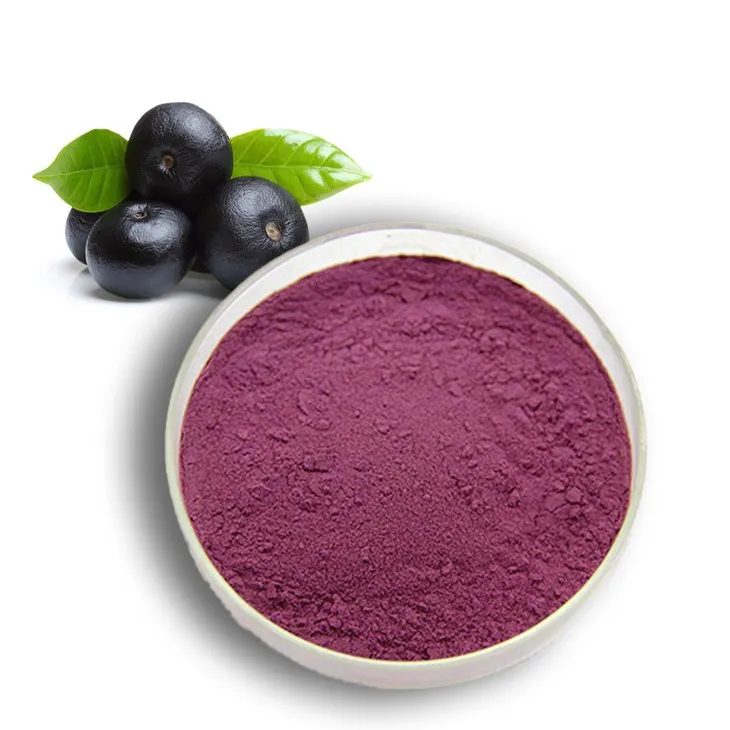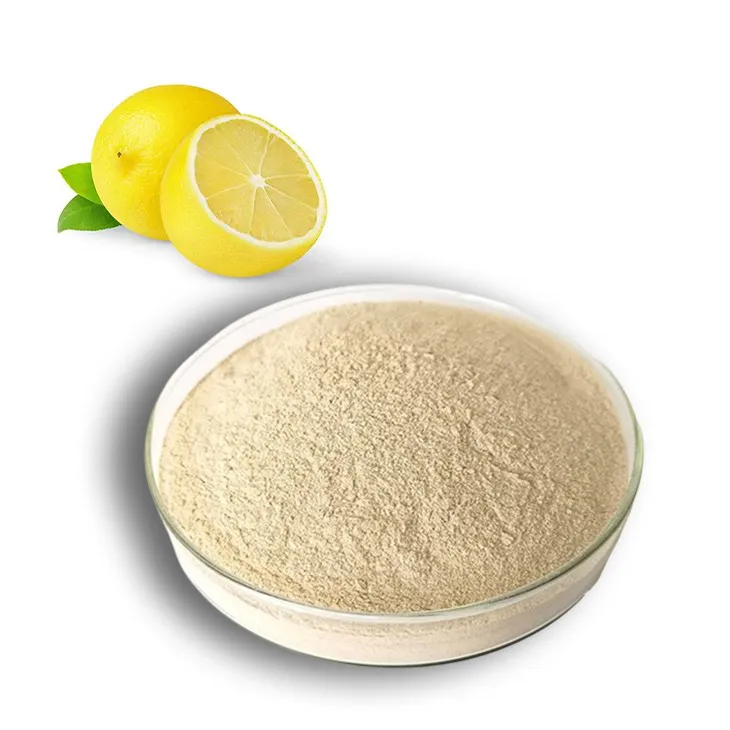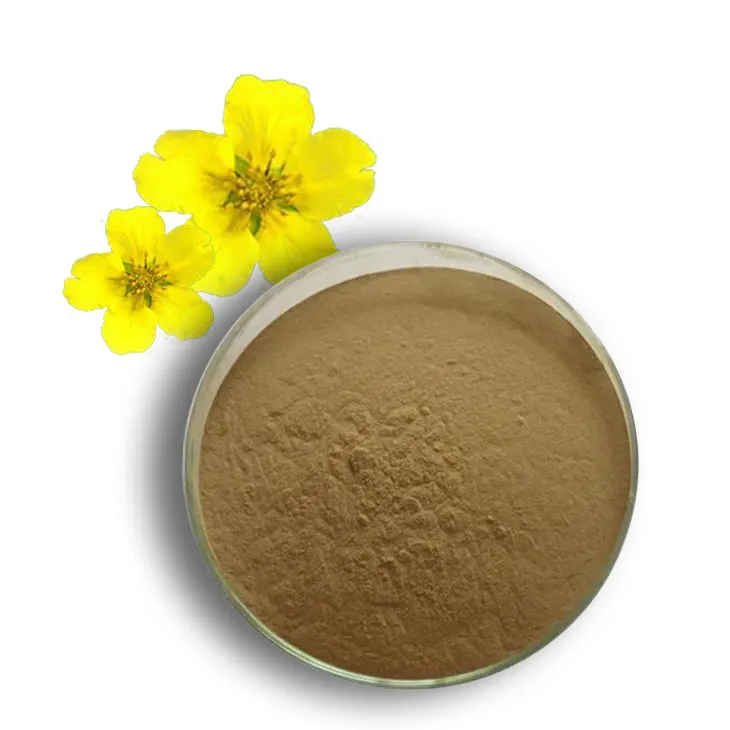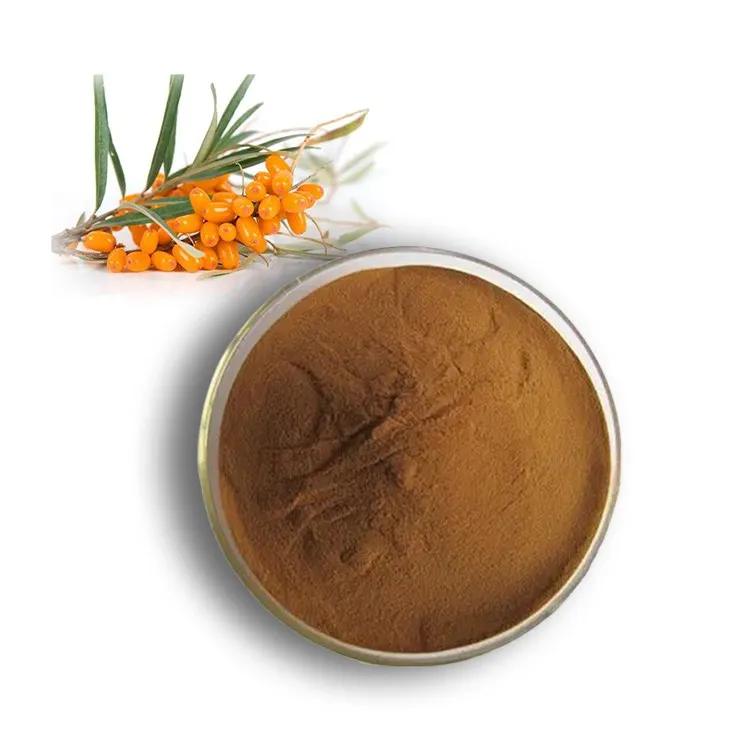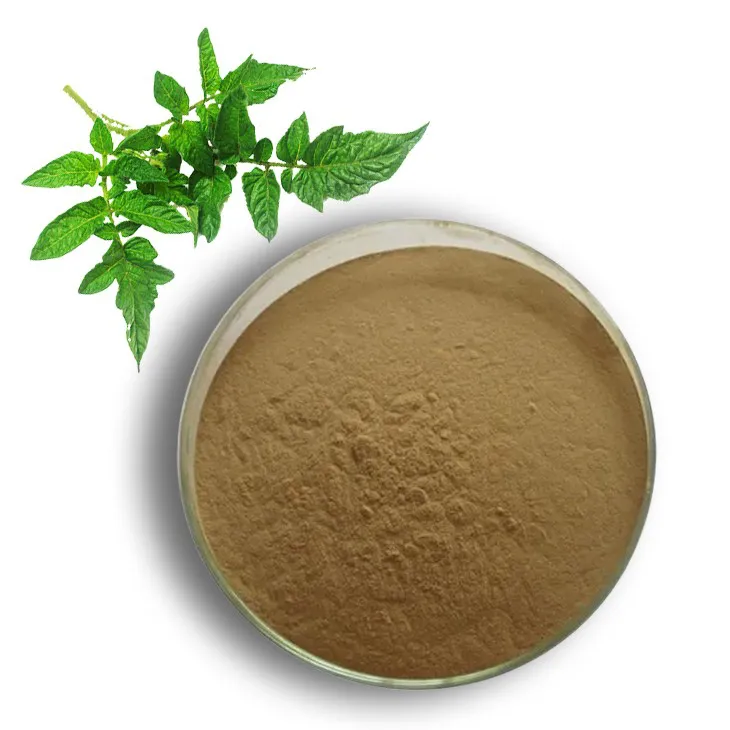- 0086-571-85302990
- sales@greenskybio.com
Complete Guide to the Grinding Process of Phyllanthus emblica Extract: Step - by - Step Key Points
2024-12-10
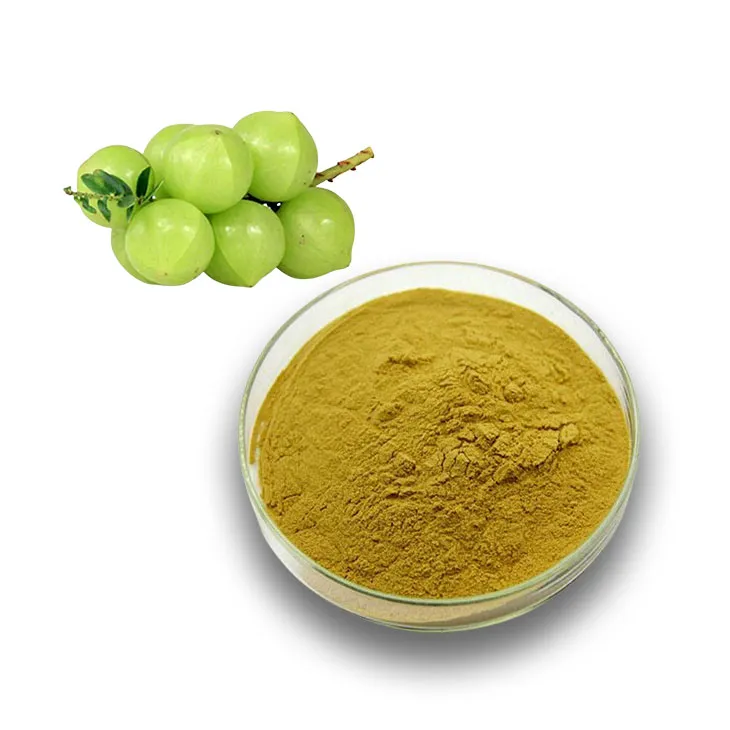
1. Introduction
Phyllanthus emblica, also known as Indian gooseberry, is a plant with significant medicinal properties. The extract of Phyllanthus emblica has been widely used in various fields such as traditional medicine, cosmetics, and food supplements. The grinding process is a crucial step in obtaining high - quality extract. This article aims to provide a comprehensive guide to the grinding process of Phyllanthus Emblica Extract, covering step - by - step essentials.
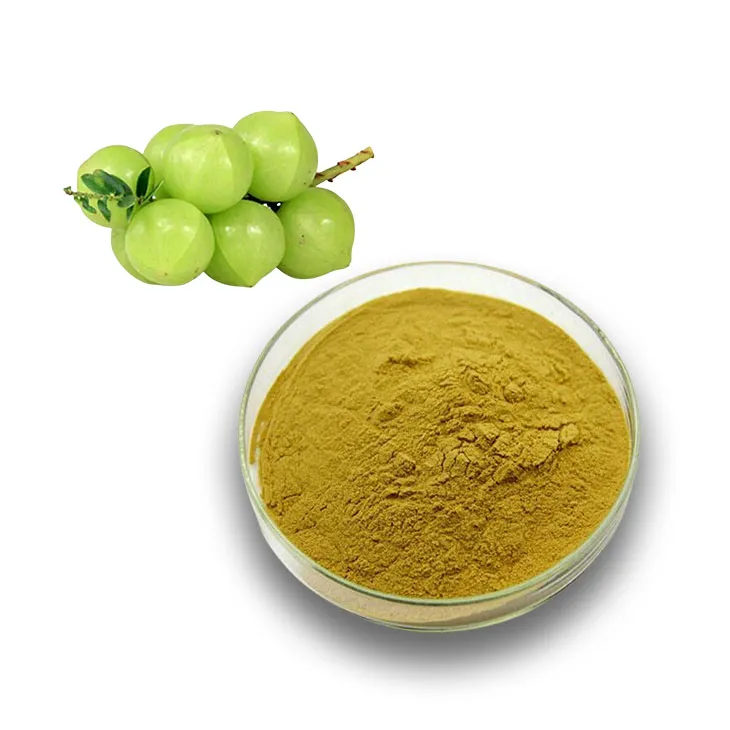
2. Raw Material Preparation
2.1 Selection of Phyllanthus emblica
The first step in the grinding process is to select high - quality Phyllanthus emblica fruits. Quality criteria include the following:
- Maturity: The fruits should be fully ripe. Ripe fruits usually have a darker color, such as yellowish - green or golden - yellow, and are relatively firm but not too hard.
- Appearance: Look for fruits without obvious signs of damage, such as bruises, cuts, or mold. The surface should be smooth and clean.
- Size: Although size is not the most critical factor, relatively uniform - sized fruits are preferred as they can ensure more consistent grinding results.
2.2 Cleaning
Once the fruits are selected, they need to be thoroughly cleaned. This step is important to remove dirt, dust, and any possible contaminants.
- Soak the Phyllanthus emblica fruits in clean water for about 10 - 15 minutes. This helps to loosen the dirt on the surface.
- Gently scrub the fruits using a soft brush. Pay attention to the grooves and the stem area where dirt may accumulate.
- Rinse the fruits with running water until the water runs clear.
2.3 Drying
After cleaning, the fruits need to be dried. Drying helps to reduce the moisture content, which is beneficial for the grinding process and the preservation of the extract.
- Natural Drying: The fruits can be spread out in a well - ventilated area, away from direct sunlight. This method is relatively slow but can preserve the natural properties of the fruits better. It may take several days to a week depending on the environmental conditions.
- Artificial Drying: Using a drying machine can speed up the drying process. Set the temperature to around 40 - 50°C to avoid over - drying or damaging the fruits. The drying time usually ranges from 12 - 24 hours.
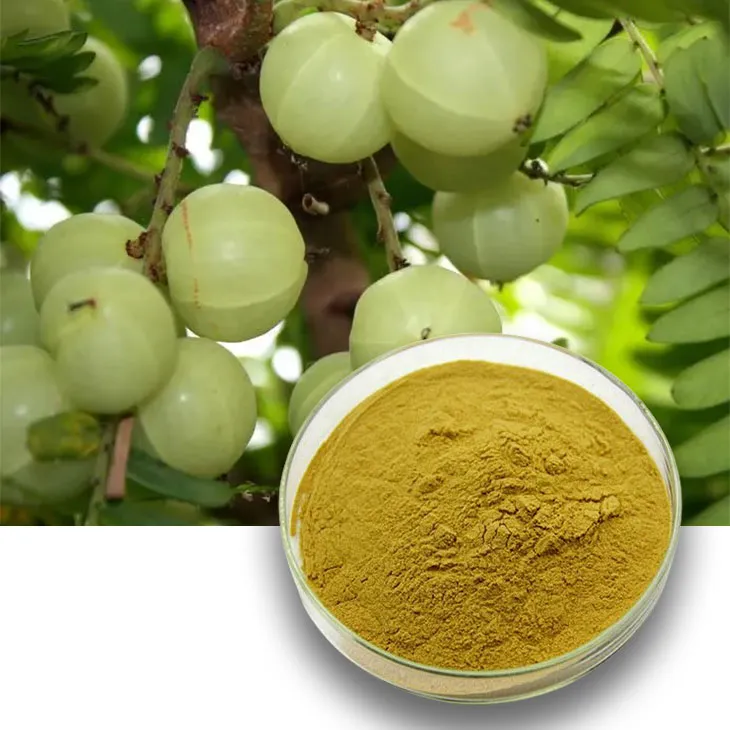
3. Grinding Equipment Selection
3.1 Types of Grinding Equipment
There are several types of grinding equipment that can be used for Phyllanthus Emblica Extraction:
- Mortar and Pestle: This is a traditional grinding tool. It is suitable for small - scale grinding, especially when a more manual and controlled grinding process is desired. However, it is time - consuming and labor - intensive.
- Blender: A common household appliance, blenders can be used for initial coarse grinding. They are relatively easy to use and can quickly break down the dried Phyllanthus emblica fruits into smaller pieces. However, the grinding fineness may not be sufficient for some high - quality extract production.
- Industrial - grade Grinder: For large - scale production, industrial - grade grinders are preferred. These grinders can provide a more uniform and fine grinding result. They are usually equipped with different grinding settings to adjust the fineness according to specific requirements.
3.2 Considerations for Equipment Selection
When selecting grinding equipment, the following factors should be considered:
- Production Scale: If it is for personal or small - batch production, a mortar and pestle or a blender may be sufficient. For commercial production, an industrial - grade grinder is necessary.
- Grinding Precision: Depending on the intended use of the extract, different levels of grinding precision are required. For example, if the extract is to be used in high - end cosmetics or pharmaceuticals, a very fine and uniform grinding is needed.
- Cost: The cost of the equipment varies widely. Mortar and pestle are relatively inexpensive, while industrial - grade grinders can be quite costly. Consider the budget and the long - term return on investment.
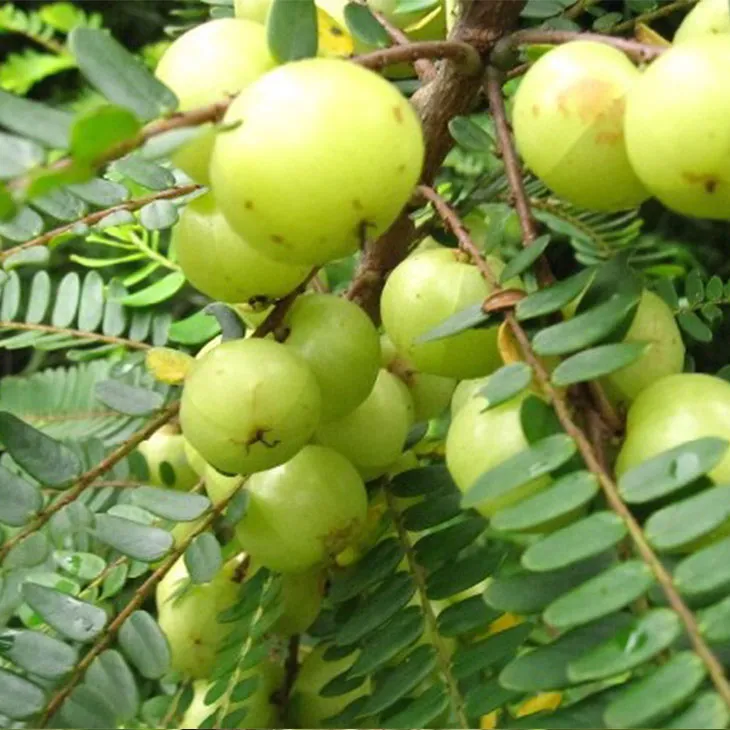
4. Grinding Process
4.1 Pre - grinding Preparation
Before starting the grinding, some preparations are necessary:
- Ensure that the grinding equipment is clean and dry. Any residue from previous grinding can affect the quality of the Phyllanthus Emblica Extract.
- If using an industrial - grade grinder, adjust the settings according to the desired grinding fineness. For example, if a very fine powder is required, set the grinder to a high - speed and fine - grinding mode.
4.2 Initial Grinding
For small - scale grinding using a mortar and pestle, place a small amount of dried Phyllanthus emblica fruits in the mortar. Use the pestle to gently crush the fruits, starting from the center and gradually working towards the edges. If using a blender, put the dried fruits into the blender container and start the blender at a low - speed setting first to break the fruits into larger pieces.
4.3 Intermediate Grinding
As the initial grinding progresses, the pieces of Phyllanthus emblica become smaller. If using a mortar and pestle, increase the pressure and the frequency of grinding to further break down the fruits. In a blender, gradually increase the speed to a medium - speed setting to obtain a more uniform particle size.
4.4 Final Grinding
For the final grinding, if using a mortar and pestle, continue grinding until a fine powder is obtained. This may take some time and effort. In an industrial - grade grinder, run the grinder for an appropriate amount of time to achieve the desired fineness. The final ground product should be a fine powder with a consistent texture.
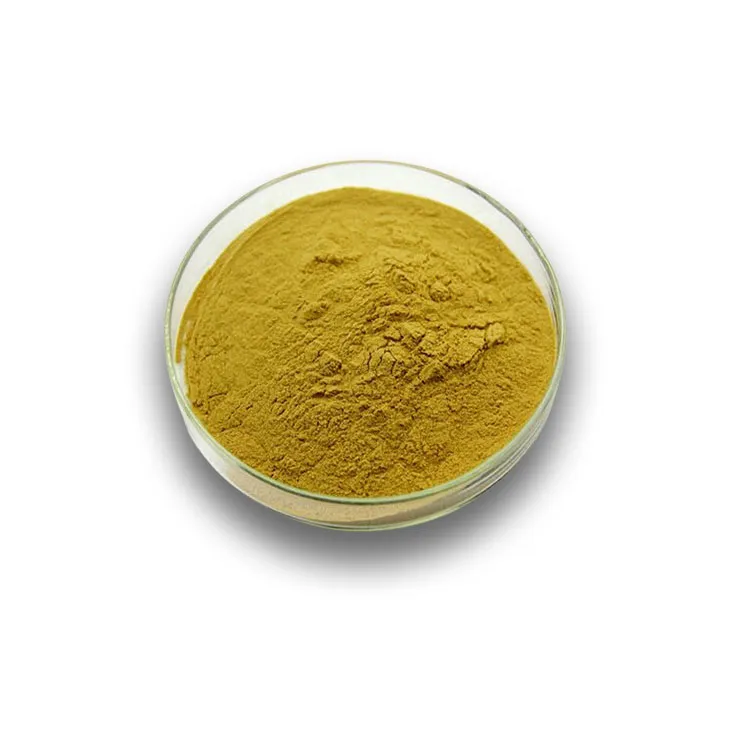
5. Quality Control during Grinding
5.1 Particle Size Monitoring
Monitoring the particle size is crucial during the grinding process. Particle size analysis can be done using various methods:
- Sieving: Use a set of sieves with different mesh sizes to separate the ground product and determine the proportion of different particle sizes. This is a simple and practical method, especially for small - scale production.
- Laser Diffraction: This is a more advanced method suitable for large - scale and high - precision production. It can accurately measure the distribution of particle sizes in the ground Phyllanthus emblica extract.
5.2 Contamination Prevention
During the grinding process, contamination prevention is essential. Some measures include:
- Keep the grinding area clean. Regularly clean the grinding equipment and the surrounding work area to prevent dust and other contaminants from getting into the ground product.
- Use clean tools for handling the raw materials and the ground product. For example, use clean spatulas to transfer the powder from the grinder to the collection container.
6. Post - Grinding Handling
6.1 Collection and Storage
After grinding, the Phyllanthus emblica extract powder needs to be carefully collected and stored.
- Use a clean and dry collection container. For example, a glass jar or a high - quality plastic container with a tight - fitting lid.
- Transfer the ground powder into the container gently to avoid powder scattering. Seal the container tightly to prevent moisture and air from getting in.
- Store the container in a cool, dry, and dark place. A pantry or a storage cabinet away from heat sources and direct sunlight is ideal.
6.2 Labeling
Proper labeling is important for identification and traceability.
- Include the name of the product (Phyllanthus emblica extract), the date of grinding, and any relevant batch numbers.
- If applicable, also label the grinding fineness or any special characteristics of the extract.
7. Conclusion
The grinding process of Phyllanthus emblica extract is a multi - step and detail - oriented operation. By following the step - by - step key points from raw material preparation to post - grinding handling, it is possible to obtain high - quality Phyllanthus emblica extract powder. Quality control during the grinding process and proper post - grinding handling are equally important to ensure the efficacy and safety of the extract for various applications in the fields of medicine, cosmetics, and food supplements.
FAQ:
Q1: What are the initial steps in the grinding process of Phyllanthus emblica extract?
The initial steps may involve selecting high - quality Phyllanthus emblica fruits. These should be clean and free from contaminants. Then, they might be dried to an appropriate moisture level. This drying process is crucial as it can affect the subsequent grinding efficiency and the quality of the extract. After drying, the fruits may be coarsely crushed or broken into smaller pieces to prepare them for the fine - grinding stage.
Q2: What equipment is typically used for grinding Phyllanthus emblica extract?
Commonly, a grinder or mill is used. For small - scale operations, a mortar and pestle can be employed for initial crushing. However, for more industrial - scale production, high - speed rotary grinders or ball mills might be utilized. These machines can ensure a more uniform and fine grinding of the Phyllanthus emblica material, which is important for obtaining a high - quality extract.
Q3: How does the grinding process affect the quality of Phyllanthus emblica extract?
The grinding process has a significant impact on the quality of the extract. If the grinding is too coarse, the surface area available for extraction may be limited, resulting in a lower yield of active compounds. On the other hand, if the grinding is too fine, it may lead to issues such as clogging during extraction or the degradation of some sensitive compounds. An optimal grinding fineness ensures maximum exposure of the active components within the Phyllanthus emblica, facilitating better extraction and a higher - quality end product.
Q4: Are there any safety precautions to consider during the grinding process of Phyllanthus emblica extract?
Yes, there are. When using mechanical grinding equipment, operators should be trained to use it properly to avoid accidents. Dust generated during grinding may be harmful if inhaled, so proper ventilation is essential. Also, the equipment should be regularly maintained to ensure its safe operation. Additionally, if any additives or chemicals are used during the grinding process, their handling should comply with safety regulations.
Q5: How can one ensure the consistency in the grinding process of Phyllanthus emblica extract?
To ensure consistency, it is important to standardize the input materials, such as using Phyllanthus emblica fruits of the same quality and maturity. The grinding equipment should be calibrated regularly to maintain a constant grinding speed and fineness. Also, strict operating procedures should be followed, including the time of grinding and the amount of material processed at a time. Monitoring the process at regular intervals can also help in detecting any deviations and taking corrective actions promptly.
Related literature
- Study on the Extraction Technology of Phyllanthus emblica"
- "Optimization of the Grinding and Extraction Process of Phyllanthus emblica for Bioactive Compounds"
- "The Influence of Grinding Parameters on the Quality of Phyllanthus emblica Extract"
- ▶ Hesperidin
- ▶ citrus bioflavonoids
- ▶ plant extract
- ▶ lycopene
- ▶ Diosmin
- ▶ Grape seed extract
- ▶ Sea buckthorn Juice Powder
- ▶ Beetroot powder
- ▶ Hops Extract
- ▶ Artichoke Extract
- ▶ Reishi mushroom extract
- ▶ Astaxanthin
- ▶ Green Tea Extract
- ▶ Curcumin Extract
- ▶ Horse Chestnut Extract
- ▶ Other Problems
- ▶ Boswellia Serrata Extract
- ▶ Resveratrol Extract
- ▶ Marigold Extract
- ▶ Grape Leaf Extract
- ▶ blog3
- ▶ blog4
- ▶ blog5
-
Alisma Extract
2024-12-10
-
Hawthorn Extract
2024-12-10
-
Lemon Balm Extract
2024-12-10
-
Yohimbine Bark Extract
2024-12-10
-
Sea buckthorn oil
2024-12-10
-
Acai Berry Extract
2024-12-10
-
Lemon Extract
2024-12-10
-
Tormentil Extract
2024-12-10
-
Buckthorn bark extract
2024-12-10
-
Senna Leaf Extract
2024-12-10











